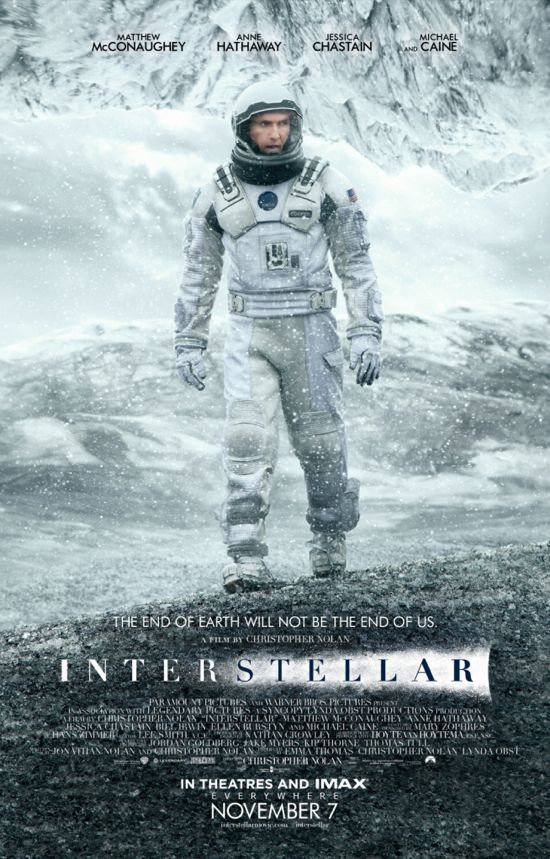The Science Of 'Interstellar' And How NASA Discovers Potentially Habitable Exoplanets

“Interstellar,” the latest blockbuster film by Christopher Nolan that opened Friday, is a science-fiction movie set in the near future when humanity must depart Earth and find a new home. While the technology is certainly not there yet, what does NASA think of the most recent Hollywood effort to examine the mysteries of space?
NASA has yet to find a habitable exoplanet, a planet where humans could live outside the solar system, but it has dedicated space telescopes probing the universe looking for suitable worlds. Astronomers are seeking planets that orbit within the “goldilocks zone” of their host stars. A habitable exoplanet’s orbit must not be too close to its star, where it would be too hot to support liquid water, or too far from its star, where it would be too cold to support liquid water.
The Kepler Mission has exemplified NASA’s main approach in the hunt for new planets for years. It has discovered 989 confirmed planets and more than 4,000 planet candidates. Meanwhile, the U.S. space agency is also prepping its next-generation planet hunter, the Transiting Exoplanet Survey Satellite, or TESS, which will launch in 2017.
The difficulty of discovering a habitable exoplanet aside, a big problem would center on the length of time it would take to reach such a destination. Scientists are just beginning to learn about the short- and long-term effects of space travel on the human body. Along this line, NASA and the Russian Federal Space Agency, or Roscosmos, are planning to send astronaut Scott Kelly and cosmonaut Mikhail Kornienko to the International Space Station for one-year stays. ISS crew members typically have spent six months in space during their missions.
“We have progressed considerably in our understanding of the human physiology in space and in countermeasures to preserve bone, muscle and fitness since then. The space-station program provides us a robust framework for international collaboration that enables us to realize tremendous returns from such an experience,” Michael Barratt, program manager for NASA’s Human Research Program at the Johnson Space Center, said in a statement. The mission will also help NASA as it prepares for deep-space exploration and the launch of the Orion spacecraft.
As for going into interstellar space, the area beyond the sun’s influence, only one man-made object has ever traveled that far: Launched in 1977, Voyager 1 reached interstellar space in August 2012.
With respect to another “Interstellar” plot point, namely, traveling between two points via wormhole, Neil deGrasse Tyson, the Frederick P. Rose director of the Hayden Planetarium at the American Museum of Natural History in New York, had something to say about the film’s depiction of a black hole. Tyson famously poked at the accuracy of the sci-fi movie “Gravity" on Twitter, but he was complimentary about how “Interstellar” handled some of the more complicated scientific elements, in part because of the contributions of Kip Thorne, a theoretical physicist at the California Institute of Technology who worked on the production as an executive producer, NBC News reported.
“Interstellar” could have a huge opening weekend at the box office, with early estimates indicating a take in the range between $50 million and $55 million, the Hollywood Reporter said.
For an in-depth look at the science of “Interstellar,” watch the Google+ Hangout featuring cast members as well as NASA engineers and scientists below:
© Copyright IBTimes 2024. All rights reserved.






















